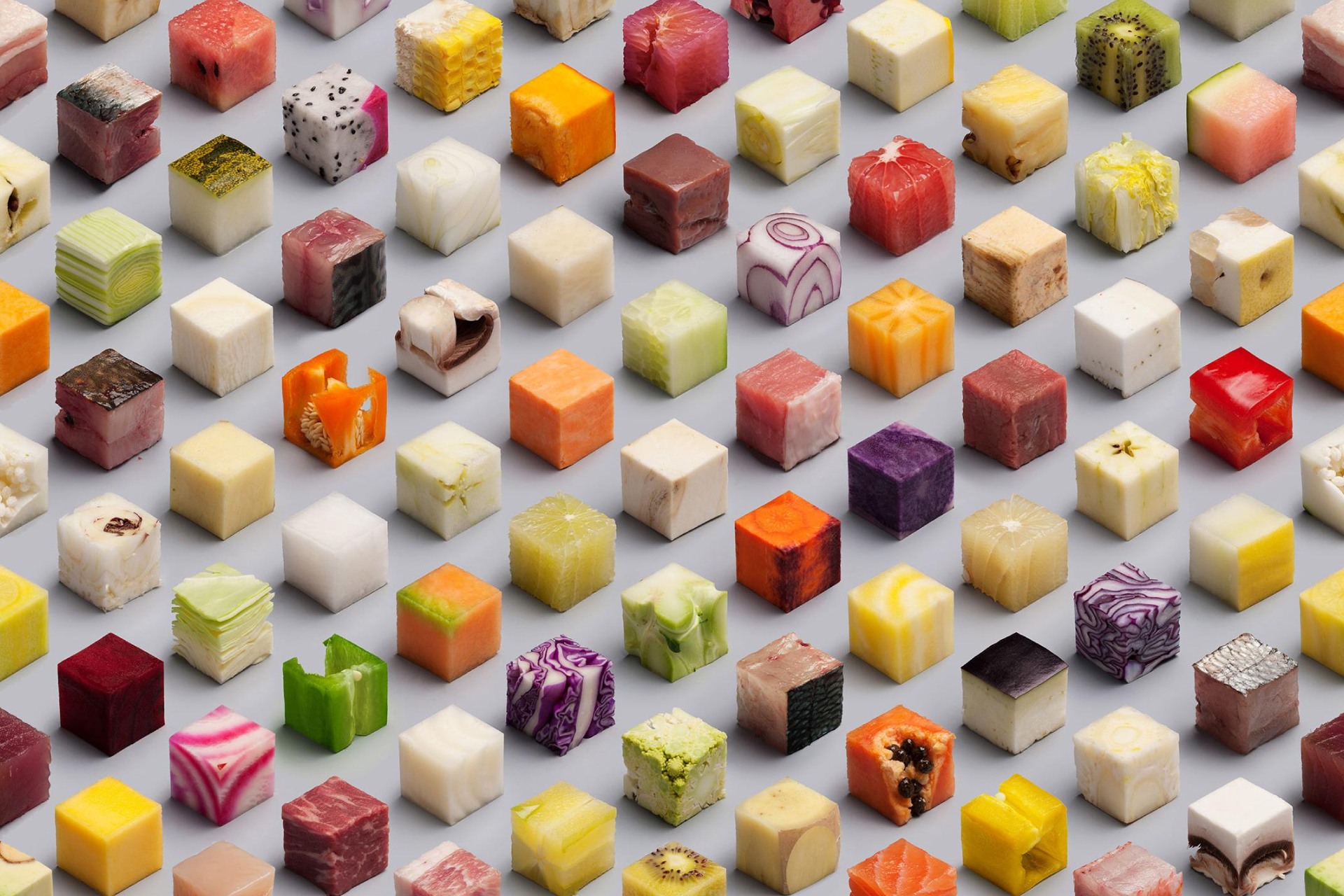5 Web Design Tips for a Stellar Restaurant Website
89% of diners research restaurants online before visiting in-person. That means your website is the first interaction people have with your business. Whether you are building the site yourself or hiring someone to do it, here are 5 important tips of effective restaurant website design to efficiently convey critical information while also enticing new diners.
Table of Contents

1. Clearly show your important information.
Let’s start with the basics. A great user experience (UX) makes things easy to find and saves everyone’s time. Your restaurant address, phone number, and opening hours should be front and centre on your website so diners don’t have to click around to find it. This can be done in tasteful ways like dual row headers, floating icon or fixed columns or footer that sticks while the user scrolls. If you have a strong social media game, make sure that the links to your Facebook or Instagram are not hiding in a small corner on your footer.
2. Tell Your Story. Position your brand.
Your brand isn’t just your logo. It is how you express who you are, what you stand for, and what guests can expect from you. Telling your story is a great way for people to learn more about your restaurant concept, cuisine and food philosophy.
Some questions to get the creative content juices flowing:
- What is the food philosophy within the cuisine you serve?
- Where are the ingredients coming from?
- Is there a story behind your restaurant name or how your restaurant came about?
- How is the ambience and service like?
- Is the chef someone who has a culinary journey worth sharing?
Tell your visitors about it in an “About Us” or “Our Story” section of the website.
3. Provide more than a PDF Menu.
Firstly, you definitely have to put your menu on your website, it gives diners an idea of what they should be expecting to spend at your restaurant.
Now, you can offer a PDF menu for customers to save or open in a new tab to view it. But you should not only provide a PDF as it can be difficult to read on small screens, with the constant zooming in and out. Instead, create a html text version that is accessible no matter how visitors are browsing. Using a Content Management System like WordPress with Elementor, updating a menu on a webpage is really simple nowadays
4. Photos and Design Elements play a huge role to convey your idea
There is no need to use mountains of copywriting on your restaurant website. Well placed taglines and concise statements, supported with excellent images will do a much better job than a whole bunch of text.
The allure of food is visual in nature. Diners looking for a restaurant to go to rely on your website images to form an initial impression. You’re spending tens of thousands in renovations and kitchen equipment, why skimp on professional photography? Great photos and a website that uses the right colour scheme, typography and illustrations is your number one salesman that works 24/7 for you! You can be sure the website helps bring in the dough.
5. Mobile responsive and great user navigation experience.
If you’re in the F&B business, you can be sure a large handful of users are using their mobile devices to find their next meal. It is thus essential that you have a great responsive site for your audience. Pay more attention to the mobile design of your website and tweak what is needed for the website to fulfil the design tips that is shared in this article.
Slow websites aren’t fun to use. Customers who land on them get fed up and look elsewhere to get their food fix.
This happens in 2 forms:
- Your hosting is slow.
- Your website is not well-planned and has too many things running.
If your hosting slow, that’s easy. Just switch to a better hosting provider. A lot of templated websites are bloated with unnecessary functionality that slows them down. We suggest to cut out things like a pre-loader on every page, overuse of animation effects, unnecessary large image files, and a navigation menu with too many layers.
So how much would a restaurant website cost?
It depends on what you’re going for.
- Doing a website on your own would cost you $0.
- Creating a website from a template design will cost you $1000 and up
- Engaging a Web design agency you trust to create a custom design unique to your restaurant brand will charge anywhere from $3000 to $10000.
89/100 potential new diners visit your website first. You should not view your website as a waste of money, but as an investment in sales and marketing that will get you serious returns.
Each restaurant is unique and so should their website. Here at SB Web Design, we know and achieve that.
So, let’s create a custom-built website that truly reflect your restaurant brand and values.